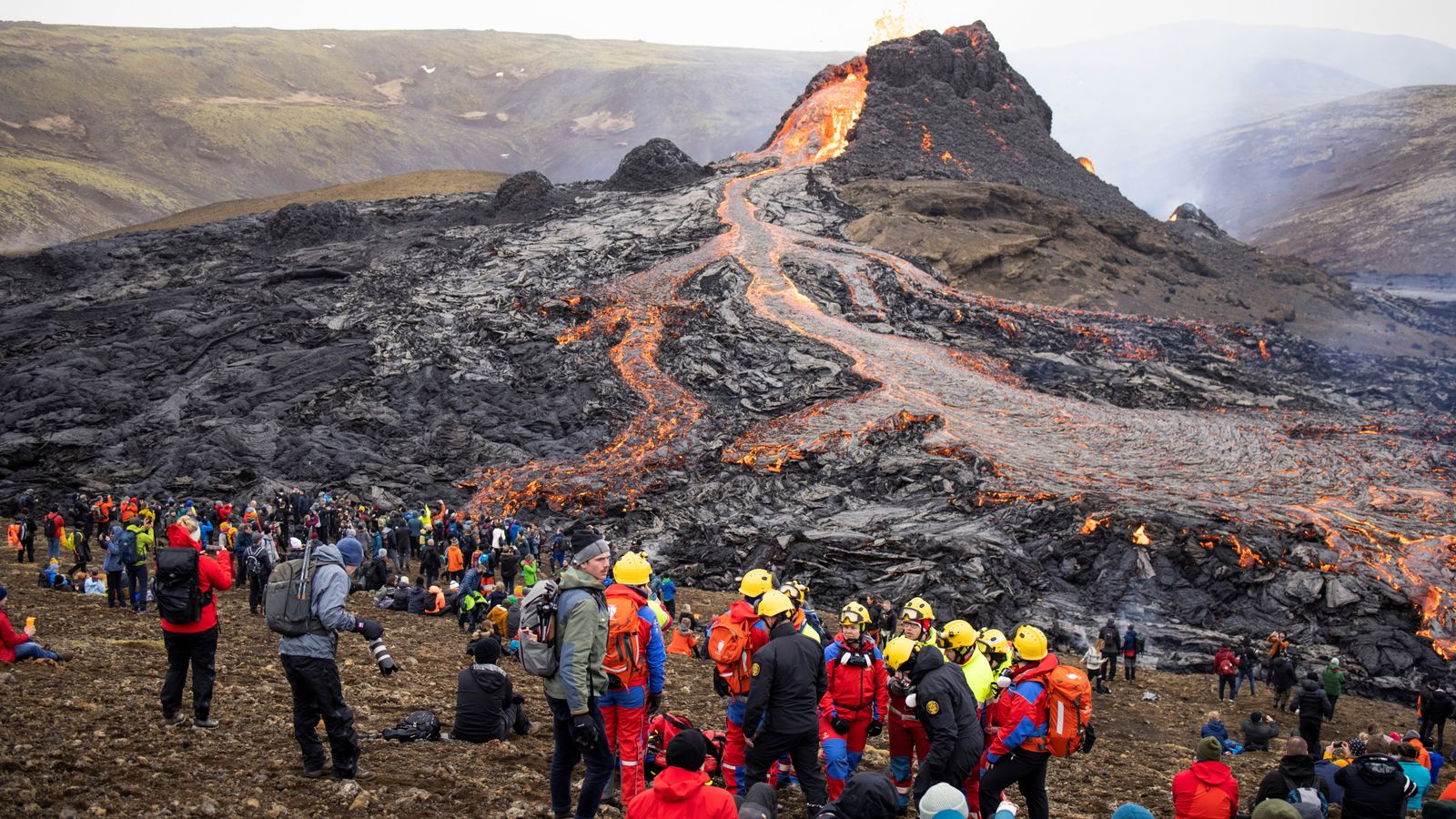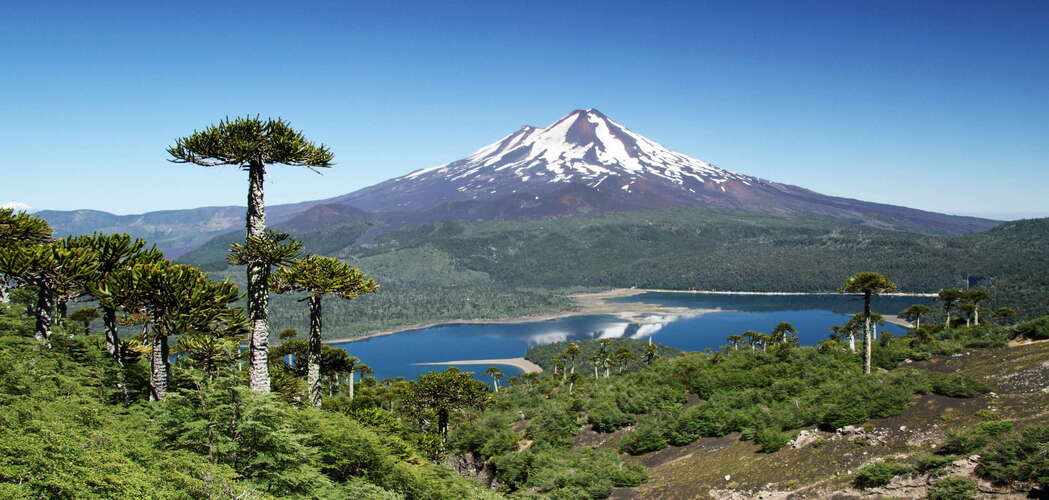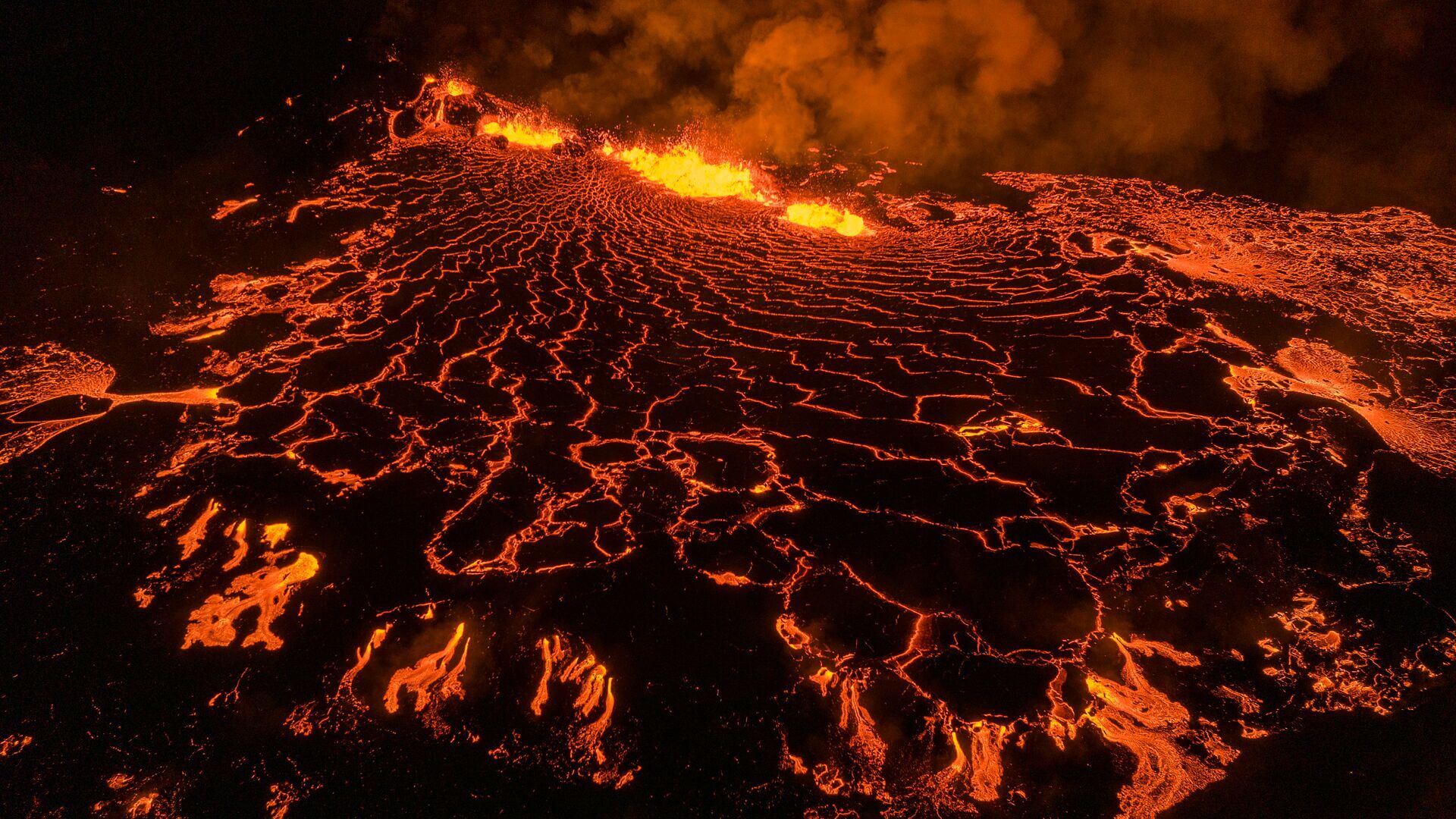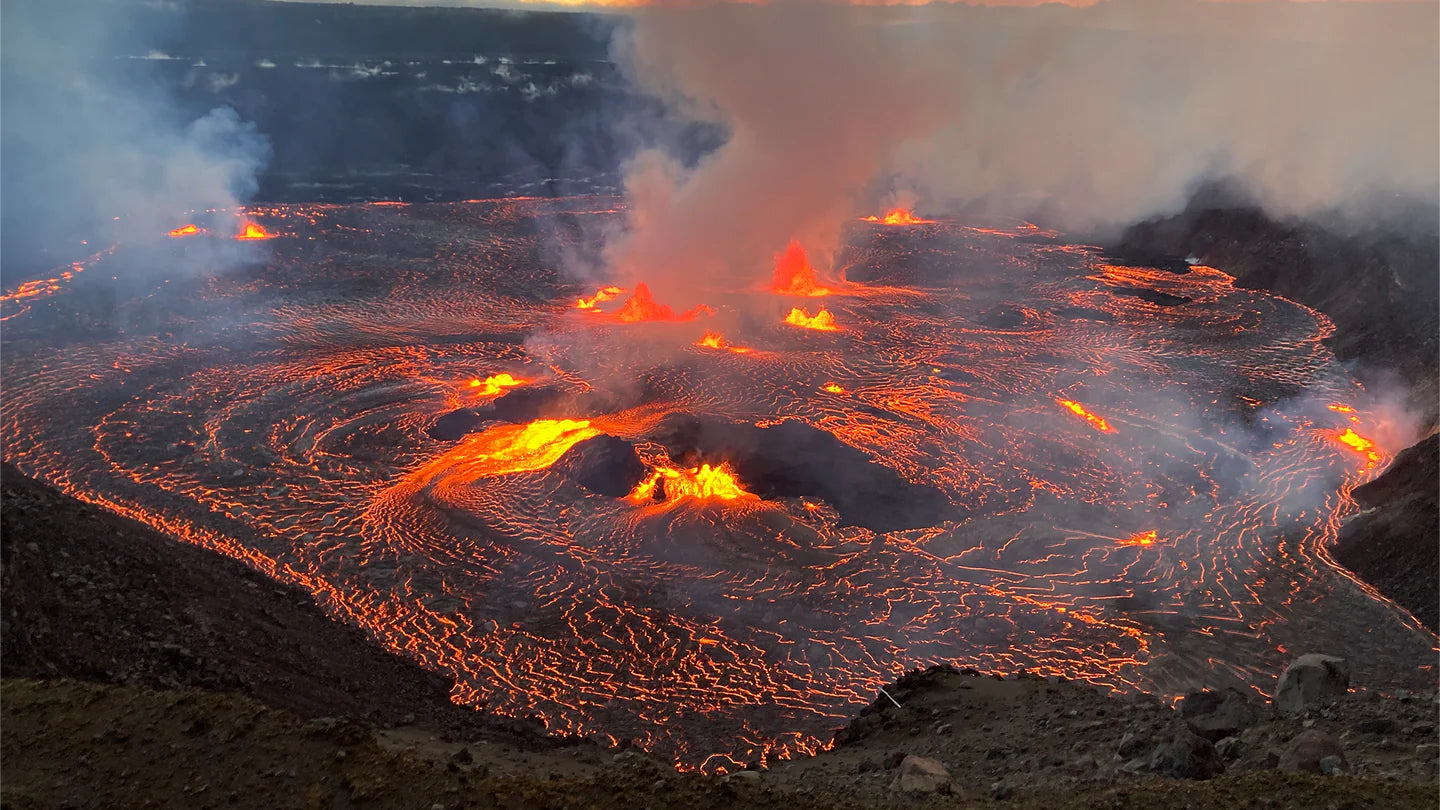Was the population or the planet more volcanic in 2023? It seems with each passing year the eight billion people on Earth get more angry, entrenched in warfare, culturally caustic, and pulling from our own deep magma chamber of resentment.
The volcanic planet’s stats are nothing to laugh at either. 2023 saw a year of seventy-two volcanic eruptions that spanned the globe. Volcanic ash exploded up into the earth’s atmosphere, choking out the sun and affecting the Earth’s climate far more than any gas-guzzling SUV or farting cow in some distant dairy field.
Though human carbon emissions are far outpacing the damage done by volcanoes, it’s worth noting that 200 million tons of carbon dioxide per year are rocketed into the atmosphere by volcanoes. It's the equivalent of a nation like Spain’s annual emissions.
The Italy volcano is different. It’s in a league of its own. It's 80,000 years old, angry, and capable of changing the very climate of the planet in an instant. So, is it a legitimate concern in 2025? Should you be ready to bug out in the event of an eruption?
Table of Contents
-
01
The Super Volcano
-
02
Iceland Eruption
-
03
Merapi Volcano
-
04
Can the Trees Warn Us?
-
05
Final Thoughts on 2025’s Super Volcano
-
06
Frequently Asked Questions
The Super Volcano
An overhead view of Campi Flegrei. (Image courtesy of The Star)
Since October 2023, officials have been concerned about one Italy volcano, Campi Flegrei. You see, not all volcanic eruptions are created equal. In Campi Flegrei, we are talking about what people in the prepping community refer to as a super volcano.
39,000 years ago, this volcano erupted with such force and ejected so much ash into the atmosphere that it created an imminent volcanic winter within 100 km of the eruption. In other words, the ash was so dense it blocked out the sun, plummeted temperatures in the region, and even affected the global climate!
That choking ash, for many of us, is something to ponder and watch through a television screen, but should you ever see that kind of plume coming over the horizon, it is a very real nightmare scenario. After all, the smoke and ash have to be filtered out of the air or it will clog your lungs–and that's the end of you!
An effective gas mask and filter combo is what you need if you plan on evacuating from an area that is experiencing the direct effects of a volcanic eruption or even if you are experiencing the residual ash and soot in the air.
After a brief decline in seismic activity in the latter parts of October 2023, Campi Flegrei is rumbling again, and the Italians are concerned.
Iceland Eruption

Lava rolling from the recent Iceland eruption. (Image courtesy of Sky News)
Interestingly, Ben Franklin first made the correlation between global climate and the staggering amount of ash and carbon thrust into the atmosphere by volcanoes. He found that the summer of 1783 was cooler, snow stayed on the ground longer, and there was a near constant fog across Europe and parts of North America.
Looking back, it’s clear that he was detailing the effects of an Icelandic eruption. And now, some 250 years later, we are watching Iceland again as its strange sprawling volcanic eruption is unfolding day by day.
Near the town of Grindavik the ground is cracking and cracking and cracking because of pressurized magma making its way to the surface. These fissures caused evacuations in the town just before Christmas. Thankfully, they were able to return, but as more cracks and fissures continue to expand outward, they could be asked to evacuate again.
Páll Einarsson is a professor at the Earth’s Sciences department at the University of Iceland. His response is very telling when asked about the possibility of another eruption, “It’s quite obvious, considering what’s going on.”
Merapi Volcano

Massive plumes of ash shooting from Mount Lewotobi Laki-Laki. (Image courtesy of Indovolcano)
If you thought there were any limits to the suffering of Indonesians at the hands of Mother Nature, well, the Merapi volcano just proved you wrong. The nation that is so frequently rocked by earthquakes and drowned by tsunamis is now also burdened by volcanoes.
This eruption forced 2,000 Indonesians into evacuation away from the stunning eruption. The Merapi eruption sent ash a monumental 4,800 feet above its peak! It also closed the airport in Sumatra and cost the lives of around twenty indonesians.
Note that Mount Lewotobi Laki-Laki is still active today, and the people evacuated from the affected districts had to be relocated for safety. It would seem this earthquake is not finished yet, either. Seated comfortably in the ring of fire, Indonesia gets a little taste of all forms of seismic activity. Most recently, it has been the wrath of Mt. Lewotobi Laki-Laki.
Can The Trees Warn Us?

Trees soak up the CO2 and get greener during the early stages of an eruption. (Image courtesy of mergil.at)
Scientists have only recently discovered that the makeup of volcanic gasses will actually increase the vibrant green color of trees in the area as these gasses begin to change. This is followed by a period where that same lush vegetation will begin to brown and degrade.
The studies centered around Yellowstone National Park, where Robert Bogue of Mcgill University studied satellite images from 1984 to 2022. These images showed verdant vegetation at the onset of volcanic activity, and then as the eruption neared, the vegetation began to brown. Bogue says this is all about the effect that carbon dioxide has on plants. The initial increase on CO2 gives plants that sudden boost, and then as the levels get too high, it begins to kill them.
Of course, this plant-based early warning system will only work in areas where there is heavy vegetation that can be closely monitored. Still, imagine the lives we can save by simply observing the plant life in the area. The more time people have to bug out from a volcanic eruption, the better.
Final Thoughts on 2025’s Super Volcano

The Icelandic eruption with flowing lava. (Image courtesy of NordicVisitor)
A super volcano, if large enough, could send the entire world into an ash-induced cooling period that would be near-apocalyptic. It would be catastrophic for things like growing food and livestock. Not to mention it would eliminate all solar power, because the sun’s rays would be incapable of reaching those panels through the thick ash.
We haven’t seen anything like this in a while, though many are convinced a massive eruption is right around the corner. Along with Campi Flegrei, there are eight other volcanoes that meet the necessary criteria to be called a “super volcano.”
Whether you are facing the downwind ash of a volcanic eruption or the apocalyptic fury of a super volcano, you need to be sure that the air you breathe is not toxic–or else you aren't gonna make it!
